14 August 2024
Book Freak 167: The Utopia of Rules
On Technology, Stupidity, and the Secret Joys of Bureaucracy
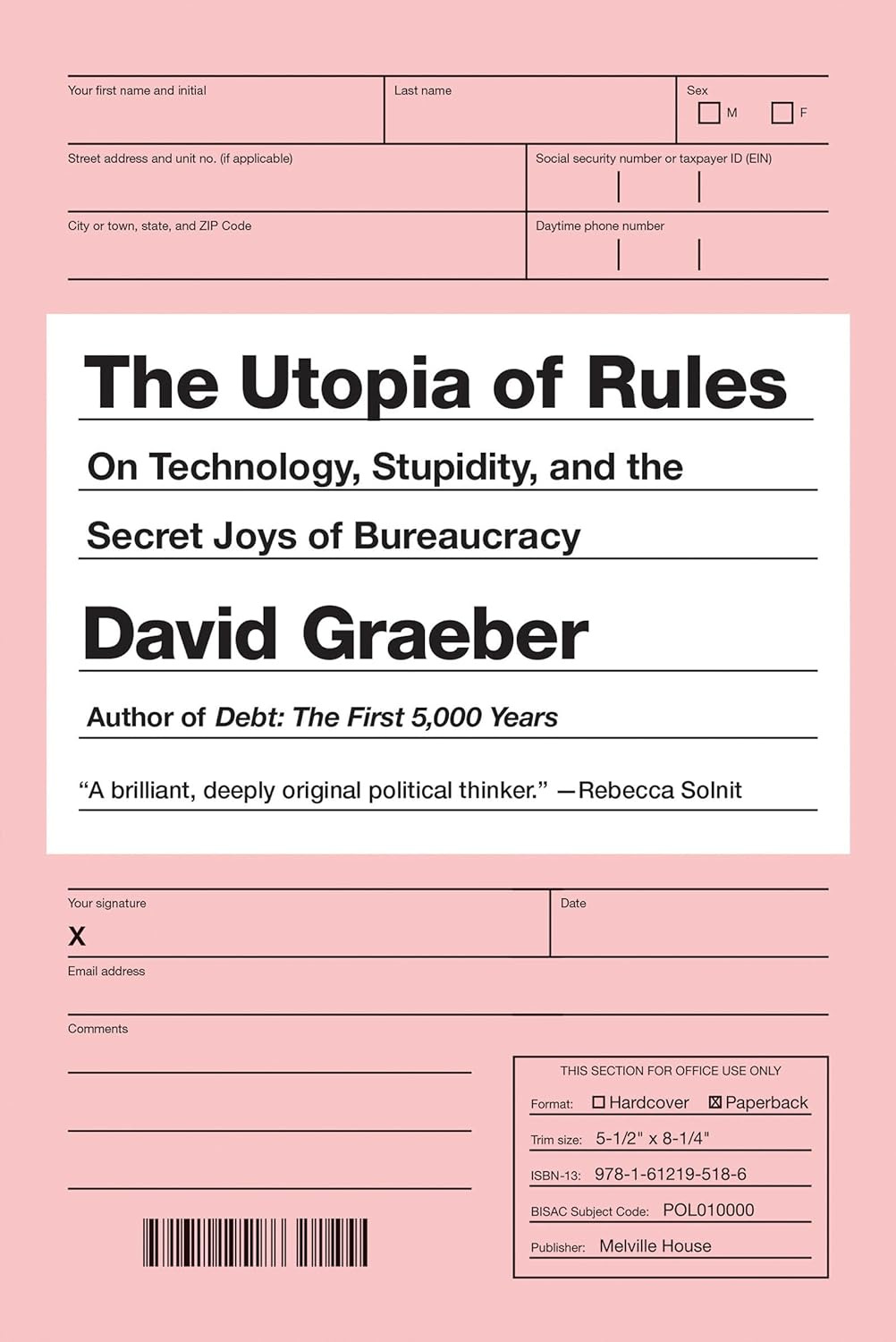
In The Utopia of Rules (available as a free ebook from the Anarchist Library), the late anthropologist David Graeber explores the pervasive role of bureaucracy in modern life and its often counterintuitive effects. Published posthumously in 2015, this collection of essays challenges our assumptions about bureaucracy, technology, and the nature of freedom in contemporary society.
Graeber, known for his work on debt and his involvement in the Occupy Wall Street movement, brings his anthropological perspective to bear on the seemingly mundane world of paperwork, regulations, and administrative procedures. He argues that bureaucracy, far from being a necessary evil, has become a central feature of our lives that shapes our experiences and imaginations in profound ways.
Three key insights from the book:
Bureaucracy has become the water in which we swim
While people used to talk about bureaucracy constantly in the mid-20th century, it has now become so ubiquitous that we hardly notice it. Bureaucratic procedures and mindsets have invaded nearly every aspect of our lives, from filling out forms to interacting with automated systems.
“Nowadays, nobody talks much about bureaucracy. But in the middle of the last century, particularly in the late sixties and early seventies, the word was everywhere. There were sociological tomes with grandiose titles like A General Theory of Bureaucracy, The Politics of Bureaucracy, or even The Bureaucratization of the World, and popular paperback screeds with titles like Parkinson’s Law, The Peter Principle, or Bureaucrats: How to Annoy Them.”
The “Iron Law of Liberalism” leads to more, not less, bureaucracy
“The Iron Law of Liberalism states that any market reform, any government initiative intended to reduce red tape and promote market forces will have the ultimate effect of increasing the total number of regulations, the total amount of paperwork, and the total number of bureaucrats the government employs.”
The bureaucratization of academia stifles innovation
The increasing bureaucratization of universities has fundamentally changed the nature of academic work, squeezing out creativity and originality in favor of marketability and conformity.
“There was a time when academia was society’s refuge for the eccentric, brilliant, and impractical. No longer. It is now the domain of professional self-marketers. As for the eccentric, brilliant, and impractical: it would seem society now has no place for them at all… You [will] spend your time writing proposals rather than doing research. Worse, because your proposals are judged by your competitors you cannot follow your curiosity, but must spend your effort and talents on anticipating and deflecting criticism rather than on solving the important scientific problems.”
What to do about bureaucratization
While Graeber was more focused on analysis than prescription, he did offer several actionable ideas to reverse the tide of bureaucracy, including:
- Reclaim imagination and play as important aspects of social and political life
- Explore alternative, more participatory forms of social organization
- Reduce reliance on violence (including structural violence) in social organization
- Cultivate social relations based on trust rather than bureaucratic rules
- Promote transparency in existing bureaucratic systems
- Explore how technology might be used to reduce, rather than increase, bureaucracy
Thanks to Dave Boss for the recommendation! If you want to recommend a book for Book Freak, please let me know in the comments.
08/14/2413 August 2024
So You Want to Publish a Magazine? / The Total Inventors Manual
Books That Belong On Paper Issue No. 27
Books That Belong On Paper first appeared on the web as Wink Books and was edited by Carla Sinclair. Sign up here to get the issues a week early in your inbox.
SO YOU WANT TO PUBLISH A MAGAZINE? THIS IS YOUR GUIDE
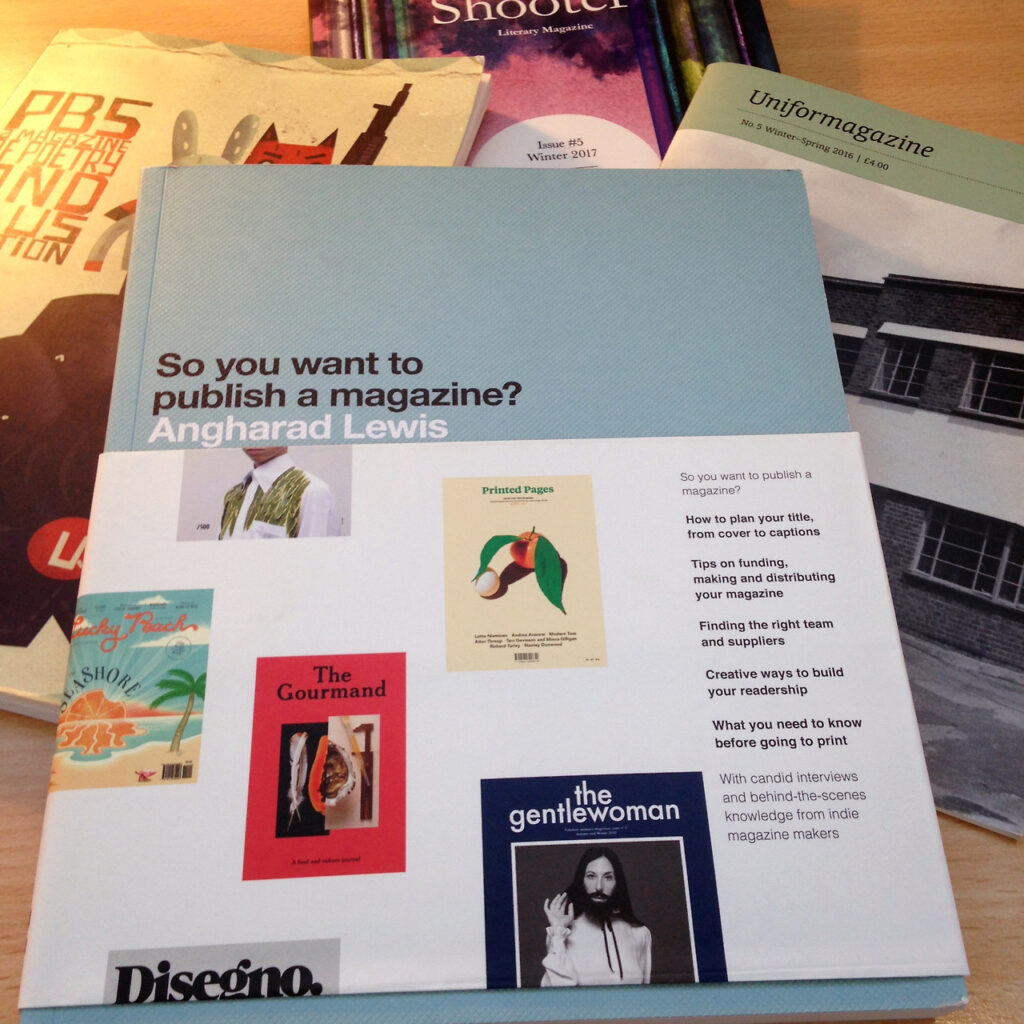
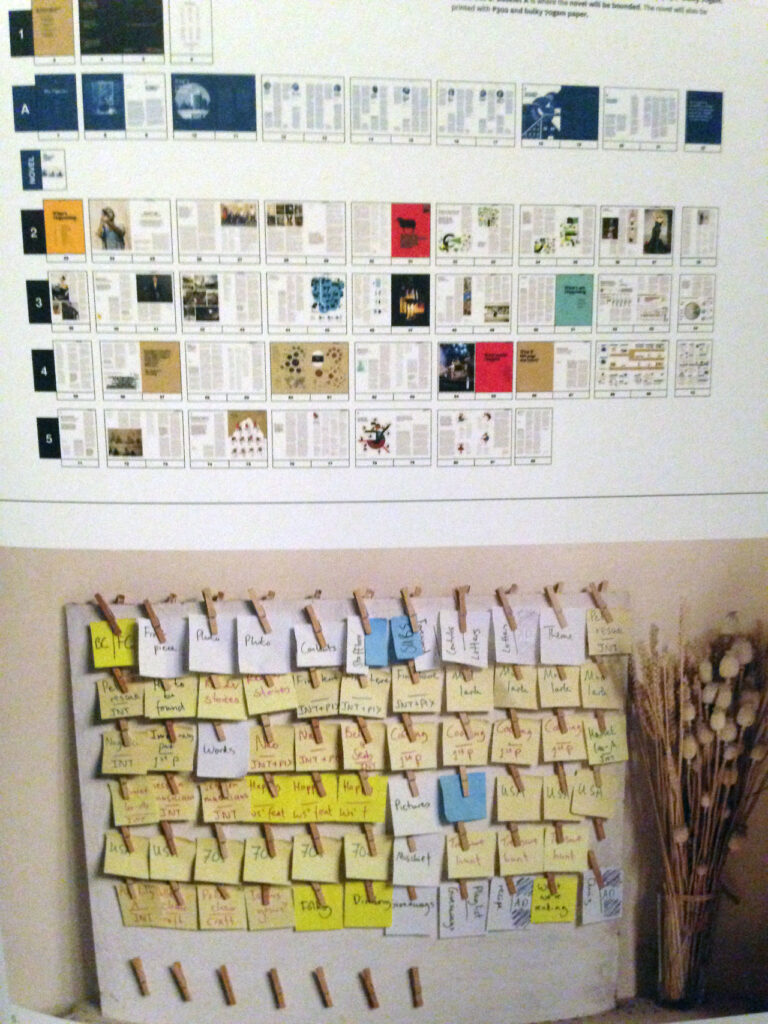
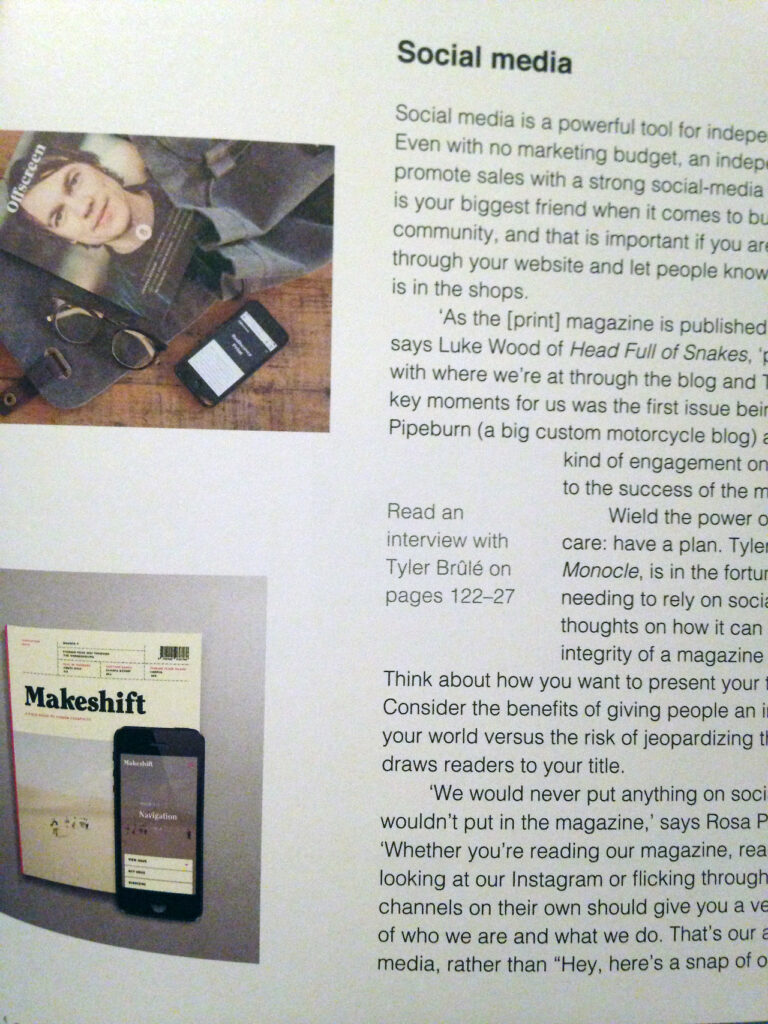
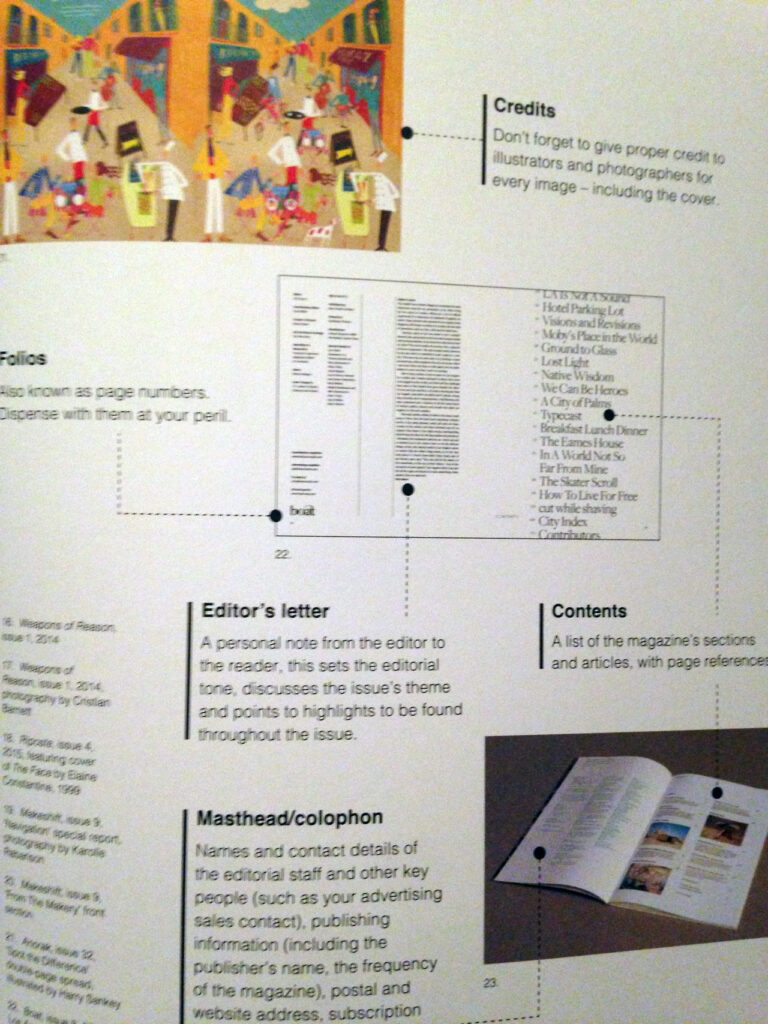
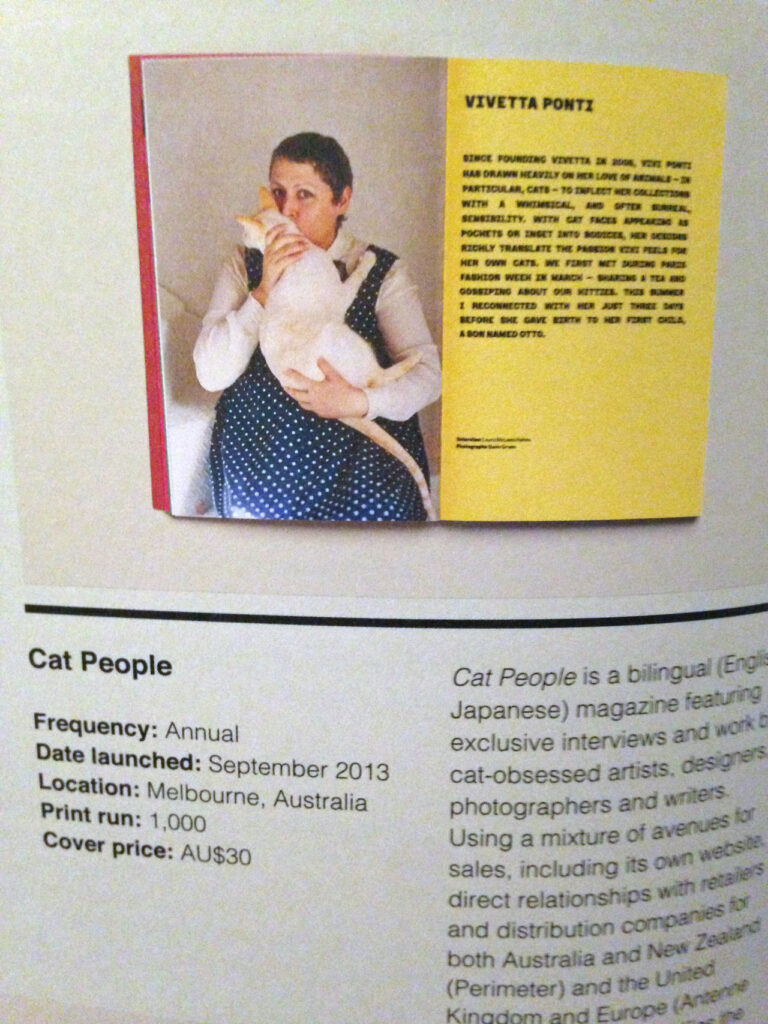
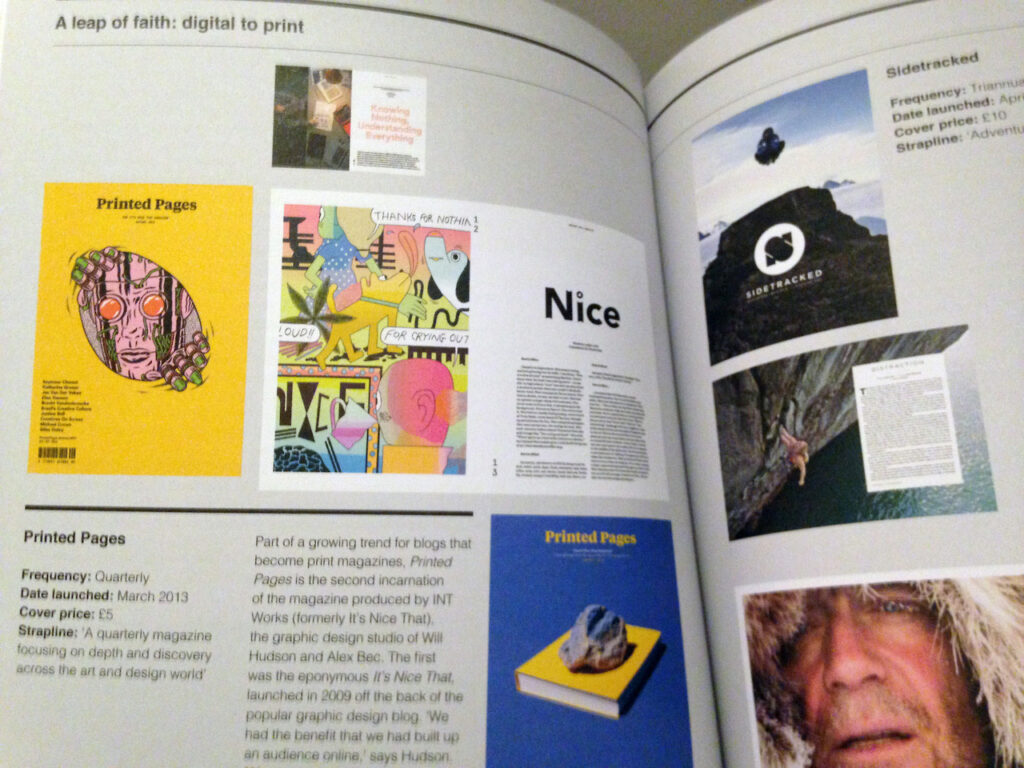
So You Want to Publish a Magazine?
by Angharad Lewis
Laurence King Publishing
2016, 168 pages, 7.8 x 0.8 x 9.2 inches, Paperback
This is an elegantly designed guide to managing independent magazines (the one with the largest circulation is probably Monocle). So You Want to Publish a Magazine? showcases the creativity of small publishers through interviews and plenty of images. It also provides practical tips on aspects like distribution, layout, and how to build a strong base of writers. (The most common piece of advice seems to be some version of “Prepare to lose money and sleep, so only do this if you’re completely committed.”)
It’s interesting and inspiring to gain access to this community of people who believe passionately that print’s not dead.
– Christine Ro
A SMART, VISUALLY-ENGAGING CRASH COURSE IN MAKING AND SELLING WHAT YOU MAKE
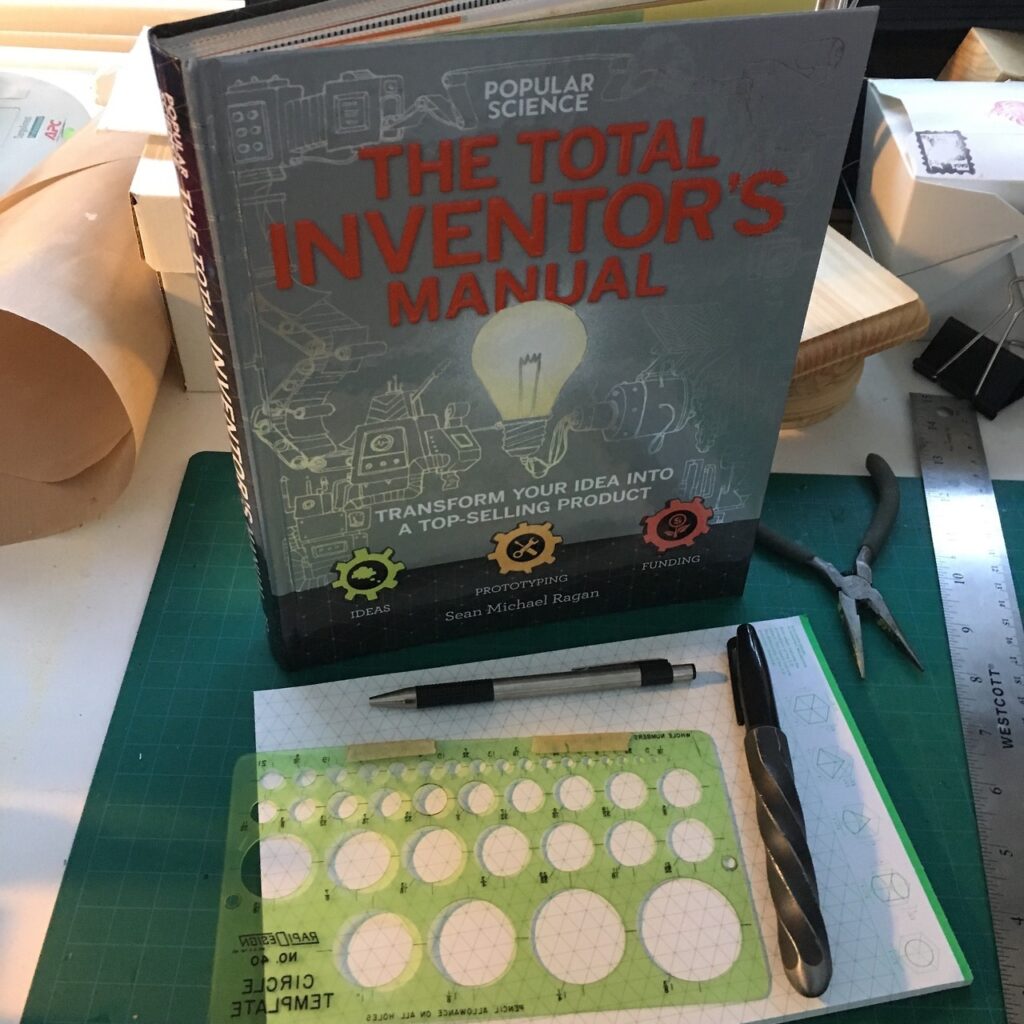
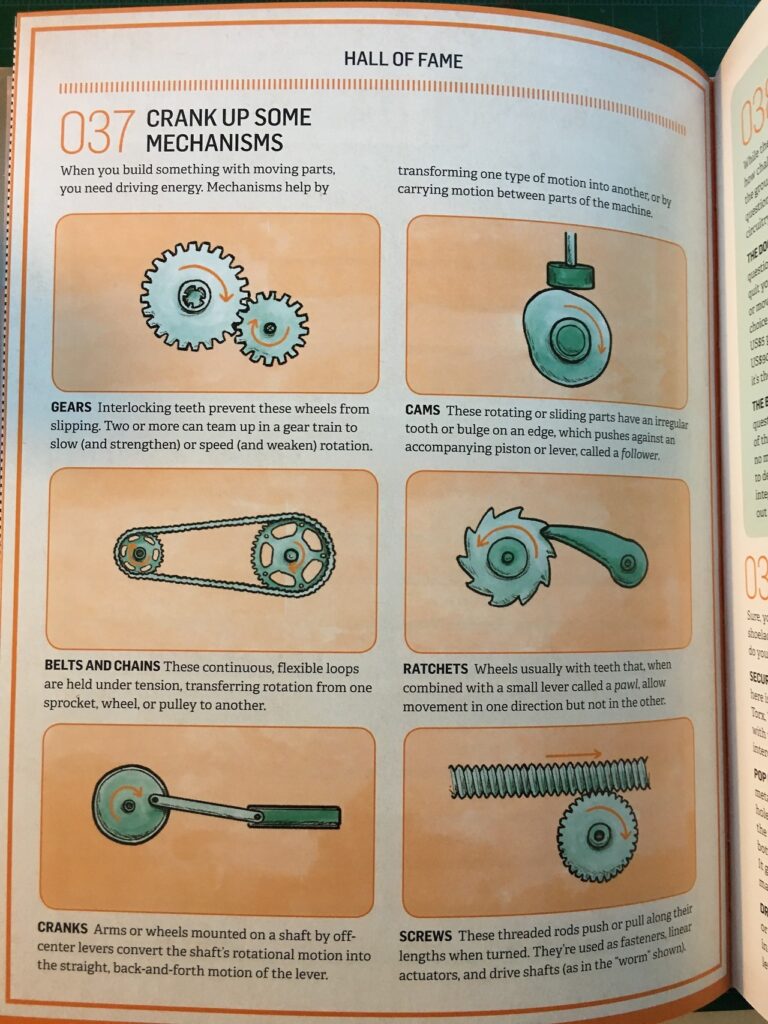

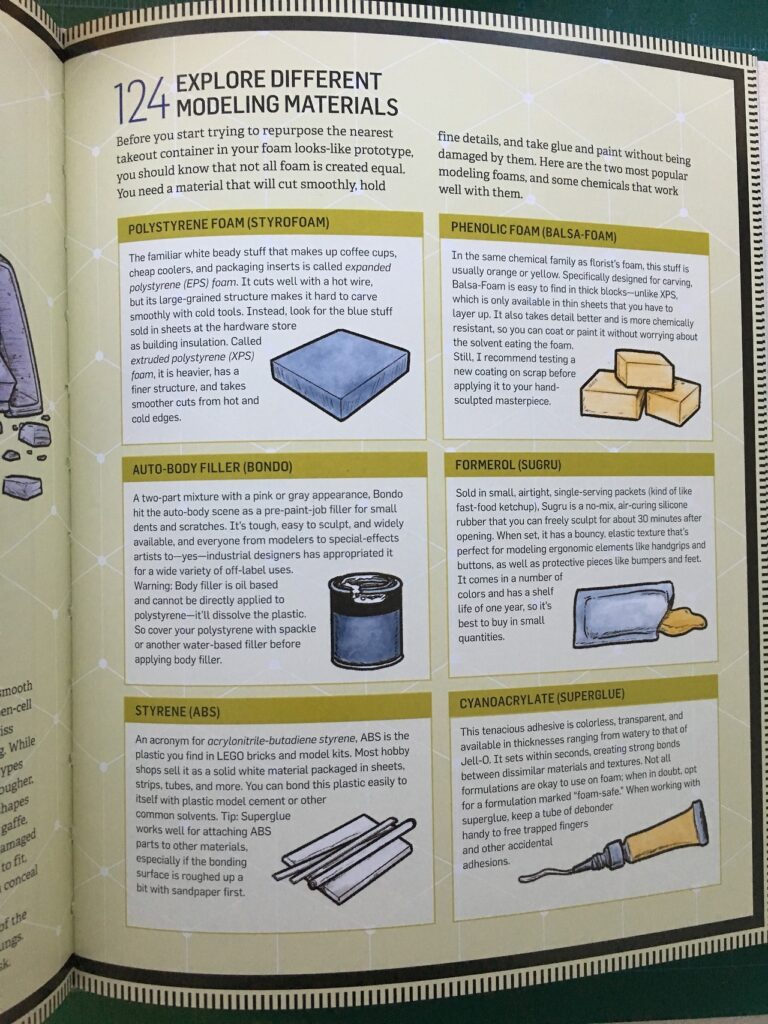

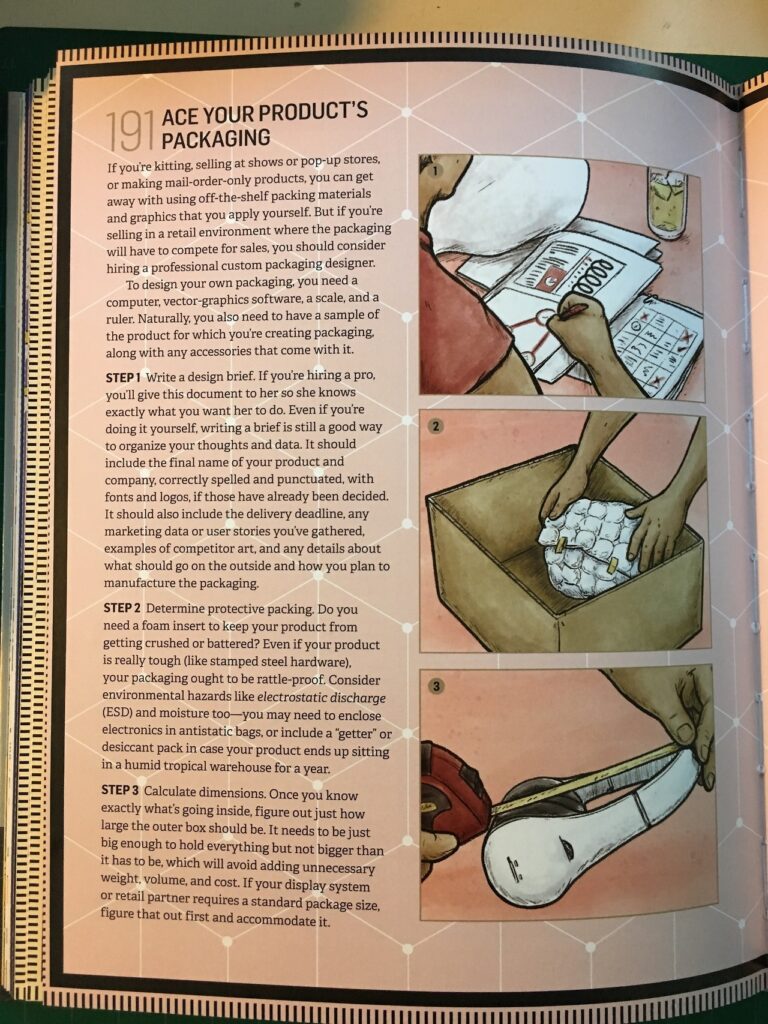
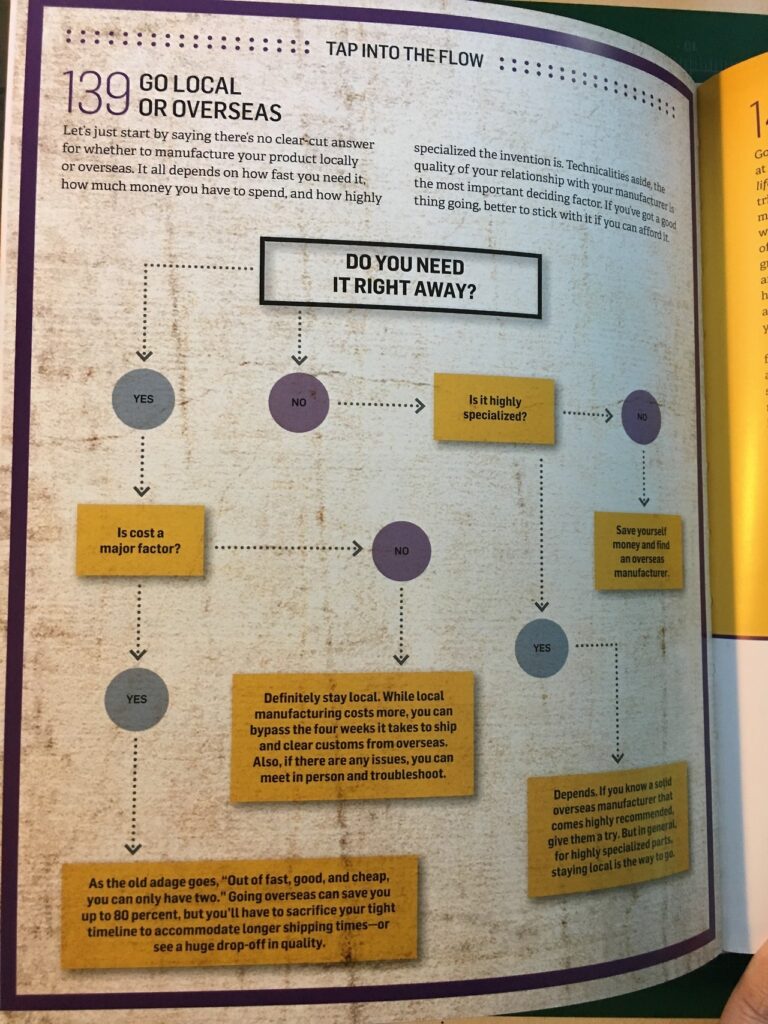

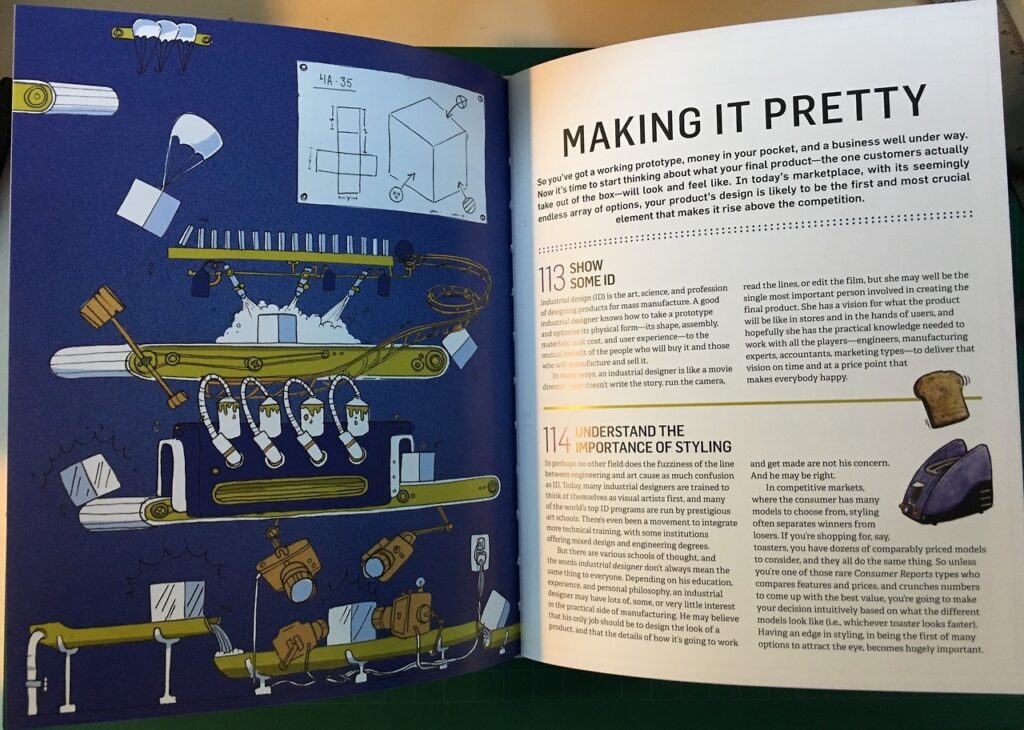
The Total Inventors Manual: Transform Your Idea into a Top-Selling Product
by Sean Michael Ragan
Weldon Owen
2017, 248 pages, 7.5 x 1.0 x 9.5 inches, Paperback
In my time in the trenches of the maker movement, I’ve gotten a chance to work with some truly extraordinary people. One of these is Sean Michael Ragan, author of this latest in Popular Science’s series of books targeted at maker/tinkerer-types. Sean’s writing on the maker movement and his numerous online tech projects have always revealed a unique and bright thinker– part scientist, part engineer, part artist — who isn’t afraid to think and create outside the box.
The Total Inventors Manual collects a lot of the diverse thoughts and ah-has inside of Sean’s brain and expands upon them. What you end up with is a surprisingly immersive course in designing, prototyping, manufacturing, and selling your next big idea. In under-250-pages, Sean manages to cram in an impressive, and impressively useful, amount of information and food for thought. The book is extremely chewy, beautifully and heavily illustrated, with lots of sidebars, inventor profiles, charts, exercises, and Q&As. It’s a great book for grazing, one that rewards poking your snoot into at just about any point.
Declaring anything “total” is setting oneself up for comments of wanting, but The Total Inventors Manual is at least impressively thorough when it comes to covering the top-level need-to-know for each discipline needed for going “maker pro” (designing, prototyping, arranging manufacture, basic business skills, fulfillment, shipping). The basics of all of these are covered, along with some useful specifics (e.g. how to laser-cut parts, manage a warehouse space, and create a product instruction manual).
As we all know, lots of deep education, free and on-demand, can be found on the Internet. What The Total Inventors Manual does a great job of is introducing you to what you need to know and why, in a smart, engaging, and digestible way. From there, you can begin getting your hands dirty quickly, educating yourself as you go by chasing deeper knowledge online as you need it.
– Gareth Branwyn
08/13/2412 August 2024
Kitchen Safety
Tools for Possibilities: issue no. 99
Once a week we’ll send out a page from Cool Tools: A Catalog of Possibilities. The tools might be outdated or obsolete, and the links to them may or may not work. We present these vintage recommendations as is because the possibilities they inspire are new. Sign up here to get Tools for Possibilities a week early in your inbox.
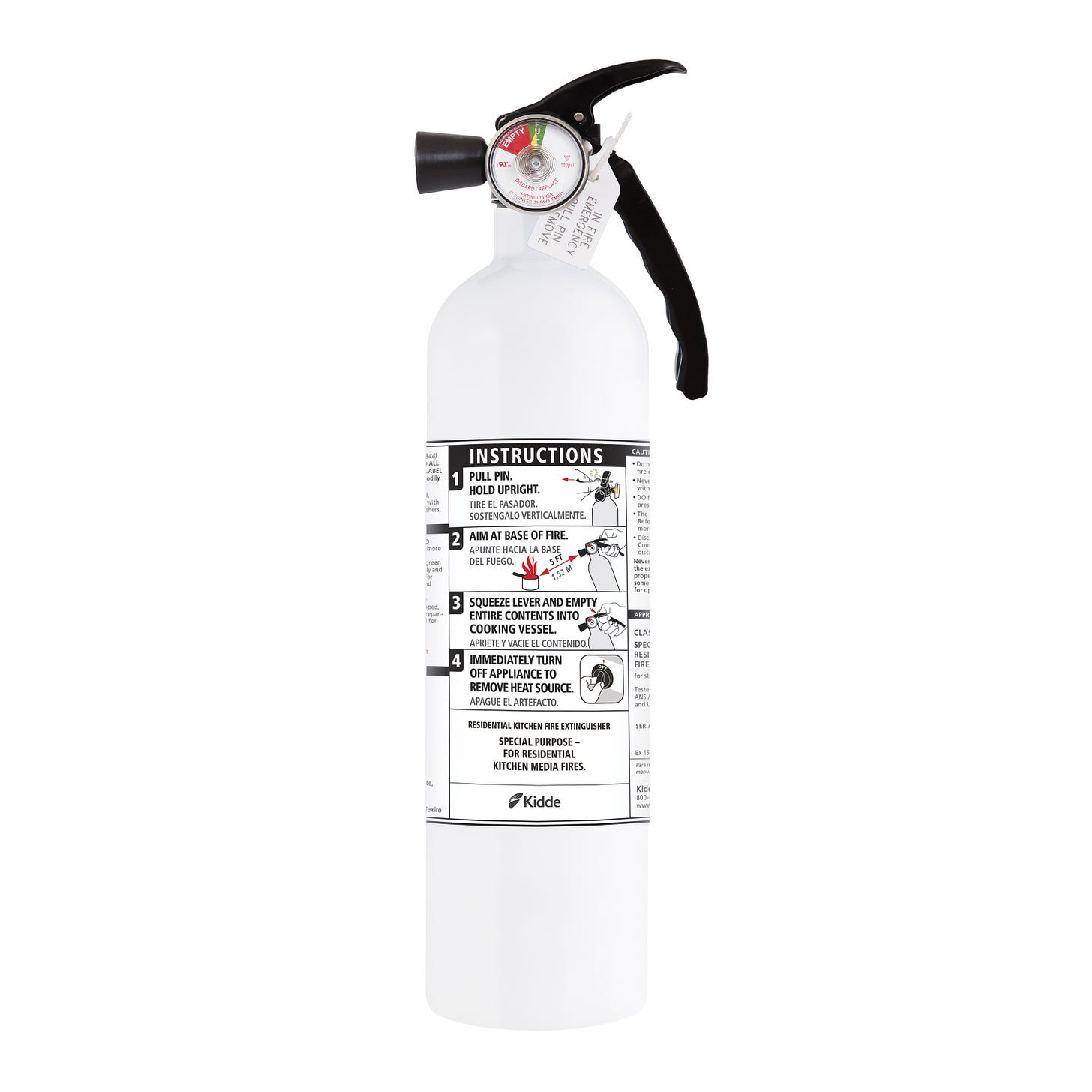
Kitchen fire-killer
You need a fire extinguisher in your kitchen. One that really works well rather than one that looks really good. Most fire extinguishers that easily put out a kitchen-type fire use a mix of chemicals that are not food safe. Cleaning up the sticky powder left after a short blast for even a small grease fire will be quite a chore. The benefit of this new Kidde extinguisher is that this regular 3-pound, high power, dry powder class B/C fire extinguisher is packed with only sodium bicarbonate, or baking soda. It will extinguish fires as well as equivalent models, but the deposit left is not only edible, but a cleaner in its own right. While testing this extinguisher in our kitchen I had no qualms in tasting the discharge: it was indeed just bicarbonate of soda. Put out the test pan fire, too. — KK
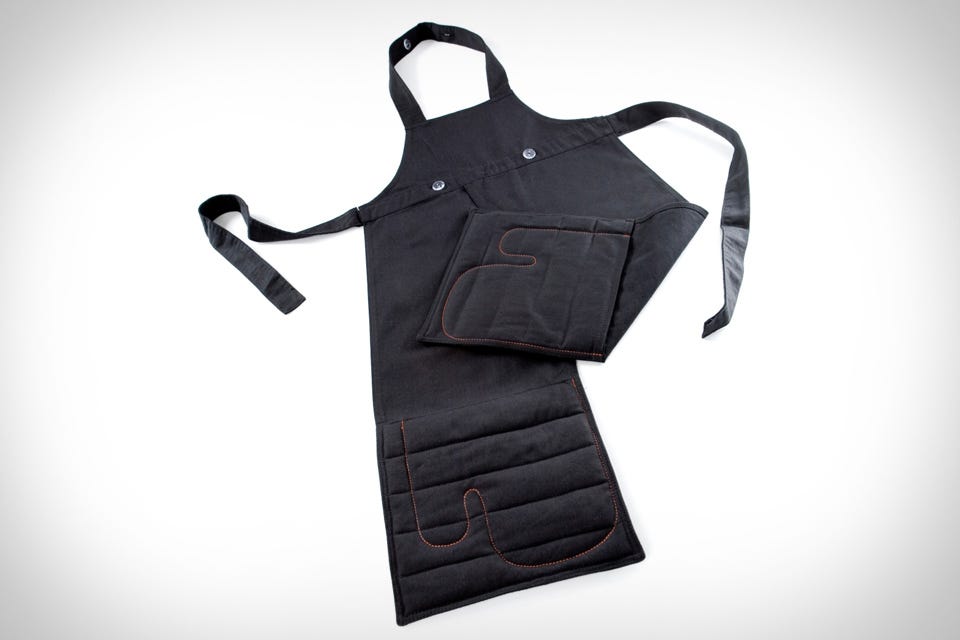
Apron with pot holders
We avoid clutter in our kitchen, so all towels, pot holders and oven mitts live in a drawer next to the stove. Accessible, but nowhere near as handy as this apron that literally puts two padded mitts at your side, right where you need ’em, whenever you need ’em. So simple, so elegant. The slits lessen your below-the-belt coverage, of course, but the convenience is a worthy trade. —Steven Leckart
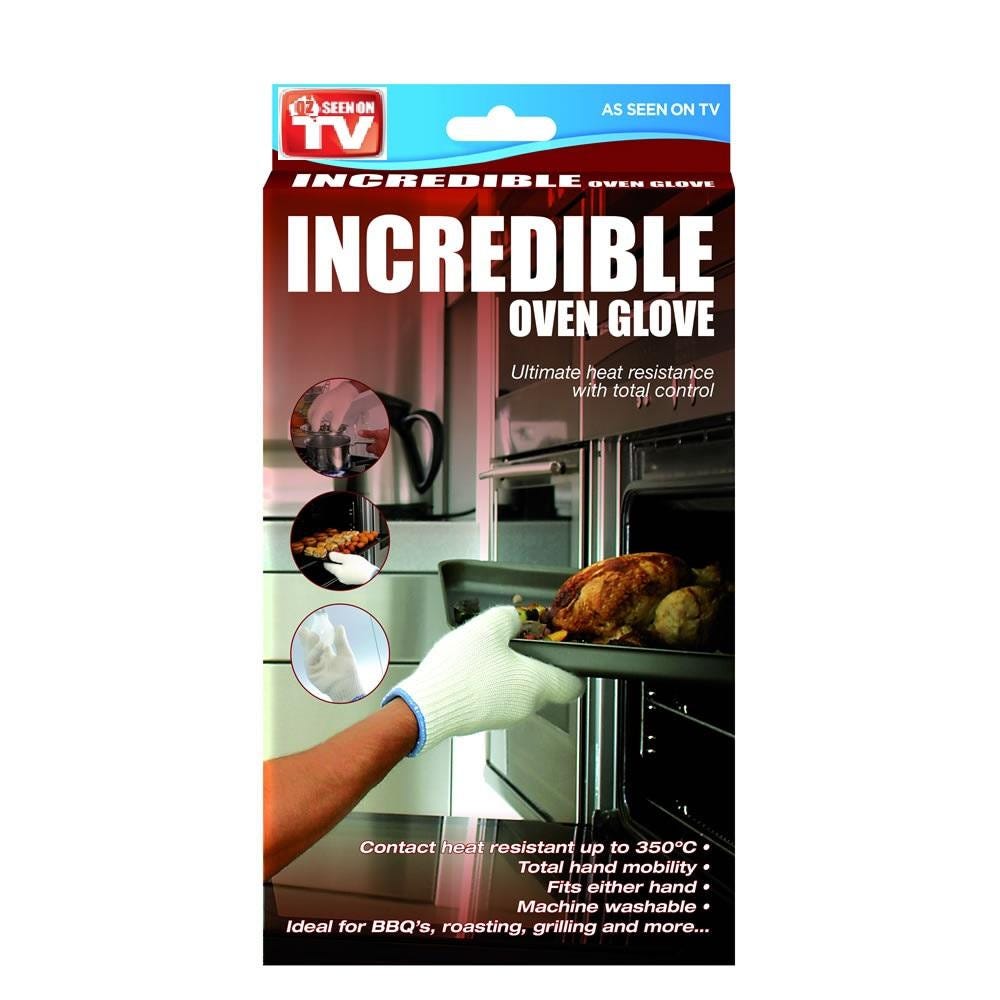
Heatproof Glove for Outback Cooking
I could see the utility of a fireproof glove on a camping trip; I didn’t want to take a “spondonicle.” Nomex flight gloves looked to fit the bill. But before I could buy a pair, I came across the significantly cheaper ‘Incredible Oven Glove’ at the supermarket. It’s a five-fingered Kevlar and cotton glove that’s quite thick.
I used it for adjusting the fire and for handling my billy, utensils and metal cup. The glove worked admirably, giving plenty of mobility. I could hold on to very hot things for long enough for them to cool down without feeling any of the heat. It fits both hands (the one-size-fits-all was just adequate for my large hands). Mine was blackened from soot, but a run through the washing machine when I got back had it good as new.
Be careful, as the glove doesn’t protect from hot water and steam penetrates a little. But if I intend to cook again while in the bush, the oven glove will come with me. I haven’t used it in the kitchen yet but I see no reason why it would fail to work there. — Adam Farrow-Palmer
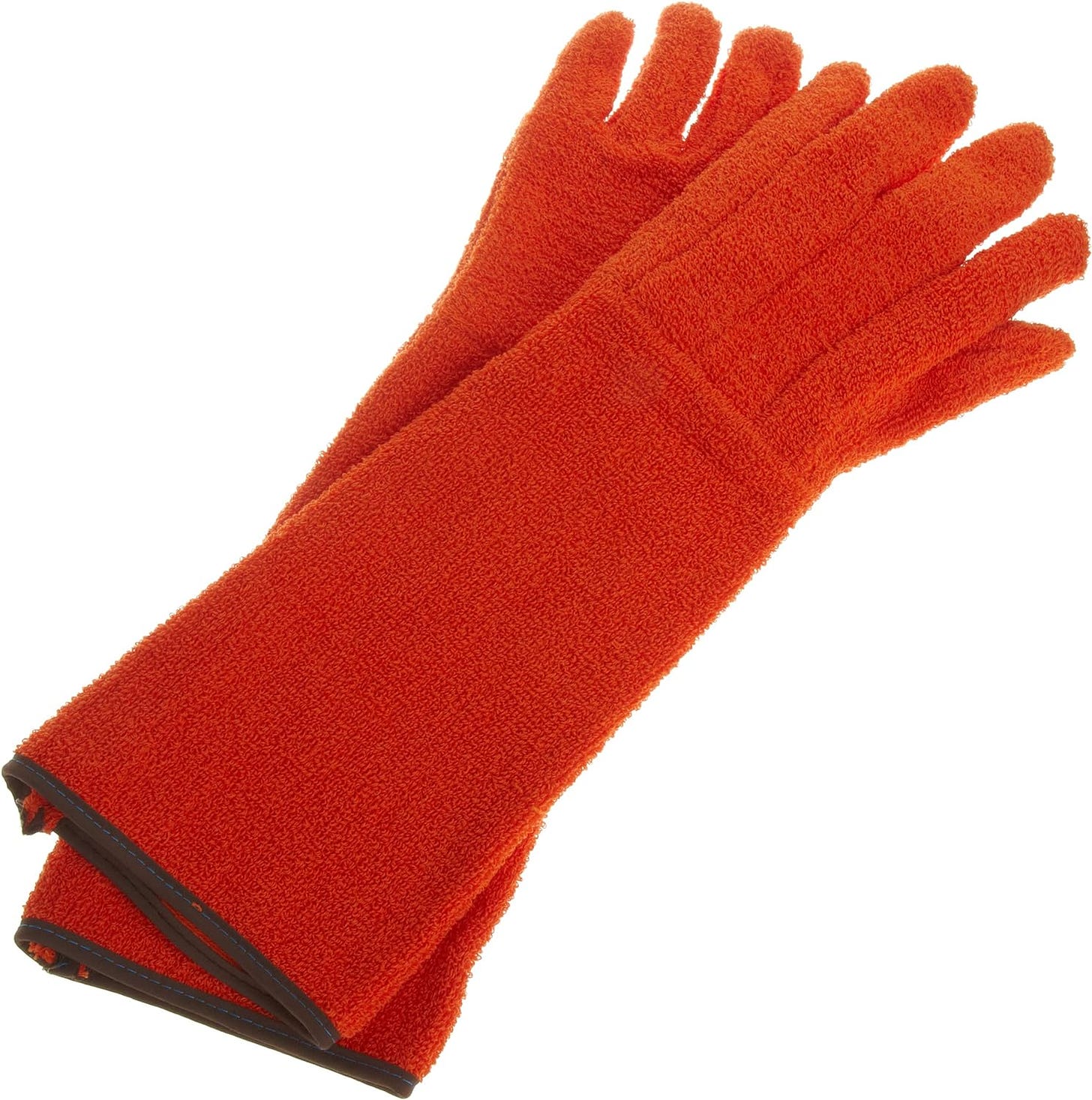
Hot science mitts
I’ve always thought that autoclave gloves would be tremendously useful tools in the kitchen despite only ever using them in the lab.
For one thing, almost all oven mitts are just that; mitts. They’re unwieldy and often so thin you can’t pick things up for more than a couple seconds before the heat passes through the material.
Autoclave gloves also allow for a vastly greater degree of articulation. They come in pairs and have individual fingers. And they stand up to heat (up to 450 F, or 100F more than the Ove Glove) really well, too. I’ve picked things up that were fresh out of the autoclave, so just a step below boiling, and even though I was holding a one liter glass flask full of completely scalding water, it was a good ten to fifteen seconds before the heat coming through the glovesstarted to get anywhere near uncomfortable. And unlike the previously reviewed Ove Glove these autoclave gloves protect your forearm as well.
My point is that these gloves are perfectly made for grabbing things out of the oven without having to worry about fumbling the pan because you didn’t get a good grip with the mittens or because it got so hot you had to set it down immediately. — Chevan C.
For those looking for the ultimate in heat protection you can get a pair of Kevlar glassblowing gloves that are rated to up to 1,000 degrees Fahrenheit from Artco for $34. They are, however, significantly less dextrous than other gloves. — OH
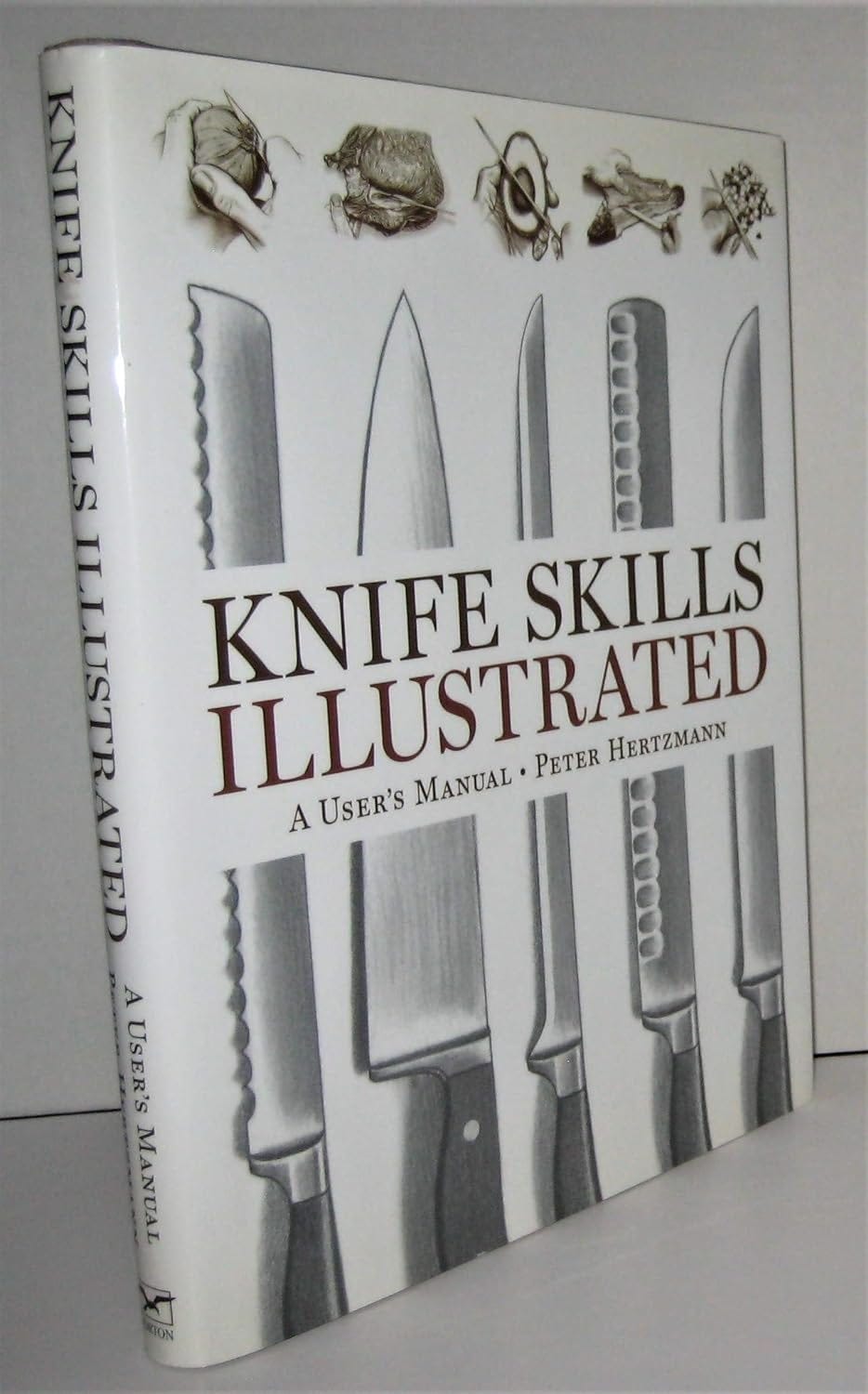
How to cut correctly
Knife Skills Illustrated: A User’s Manual
I have used this fantastic reference book for about three months and it has greatly improved my time in the kitchen. Cooking consists mainly of three basic skills: heating things, putting things together (mixing) and taking things apart (cutting). This book is focused exclusively on the last set of skills.
Why are good knife skills so important? They allow you to cut food without hurting yourself. Also, as the author explains, “you are able to cut it into evenly sized pieces that will all cook at the same rate.” In many cases, you can reduce waste by using a well-thought out cutting technique. In practice, the book has also improved my efficiency in the kitchen, since I can now dice an onion in about a dozen or so deliberate strokes of the knife, rather than chopping haphazardly until I get it into roughly the shape I want it in. There are also aesthetic advantages–good presentation is easier to achieve with consistently cut pieces of food. Finally, as the author notes: “With good knife skills, cooking becomes fun.” I couldn’t agree more.
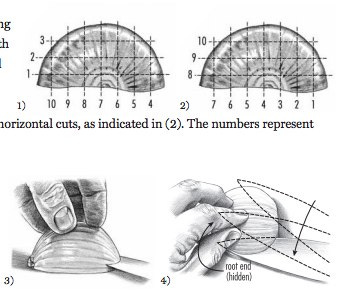
The book walks readers through the process of selecting the proper tool for the job and illustrates the pros and cons of various shapes and blade materials for various tasks. After getting familiar with the two basic grips (yes, you have probably been doing it wrong all your life), knife care and cutting boards are covered briefly and then the real fun begins.
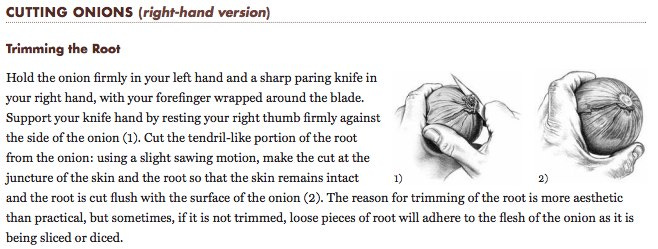
The subsequent chapters explain the best way to cut a wide variety of common vegetables, fruits, meats, fish and poultry. Explanations are clear and concise and are accompanied by beautiful hand-drawn illustrations in both right and left-handed versions. In many cases, multiple techniques are covered.
Much of this information can be accessed in Youtube videos or other online resources. However, I find this book to be far superior for several reasons. First, the book clearly spells out each step in the process, together with an illustration from an ideal angle. With online videos, the steps often run together, forcing you to start/stop and rewind the video in order to completely understand the process. Also, videos are often shot facing the chef, who narrates the process along the way, making it difficult to see what is happening. The written explanations also often contain much more detailed explanations than would be possible in a video voice-over. Critically, I can spread the book out in front of me in the kitchen while I attempt the technique that I am learning. It is easy to look forward or back a step and then pick up where I left off. This is potentially workable using videos on an iPad, but in practice the book is much more convenient. All of the information in the book is consistent in terms of presentation and quality. With online resources, you never know what you are going to get.
Last but not least, it’s very satisfying to pull the book down from the shelf and thumb through it during a spare moment, enjoying the artwork and layout. It sometimes inspires me to attempt a new dish that I would not otherwise have thought of. This book is a cool tool that is also a beautiful object in its own right. — Adam Clark
08/12/2411 August 2024
Dawn Chorus/iOS contact kiss/Inconspicuous Consumption
Recomendo - issue #422
Sign up here to get Recomendo a week early in your inbox.
Beautiful birdsongs from all over the world
I am absolutely enamored by Dawn Chorus, a sound project that collects and maps bird song recordings from all over the world. I relived the first morning I woke up in Berlin to the most charming bird chirps I’ve ever heard. Although I can’t remember the sounds I heard on our road trip through the Czech Republic, this recording perfectly captured the magical landscape I experienced. It’s so refreshing to discover projects like this that induce awe and reverence for the natural world. — CD
The iOS contact kiss
The easiest way to share contact information between two people with iPhones, is to squarely align the top edge of each person’s phone so they touch. When they “kiss” each phone makes a weird glow to indicate the contacts succeed in exchange. You can do a two-way share, or just a one-way share from one person. I find it a relief from the awkward task of typing other people’s info precisely. — KK
Inconspicuous Consumption
One of my favorite zines of the early 1990s was Beer Frame: The Journal of Inconspicuous Consumption. In each issue, the author, Paul Lukas, reviewed mundane products by examining their packaging and design details in a way that made me look at everything in the human-made world with fresh eyes. He stopped publishing it a few years later and focused on reviewing sports uniforms for the next 25 years, which held zero interest for me, unfortunately. But a couple of months ago, Lukas rebooted Inconspicuous Consumption as a Substack newsletter. After reading the issue about the superiority of “Beware of Dog” signs over “Beware of the Dog” signs, I immediately bought a subscription. — MF
The best travel advice forums
I still buy travel guide books. But in addition to them, I find the most useful, the most up-to-date, and most interesting travel advice is found in the Rick Steves’ Travel Forums. I find these forums to be more reliable than either Trip Advisor or Reddit, with a very high signal to noise ratio. Usually there is a narrow topic already in process for what I am looking for (say, seeking a personal driver in Crete, or whether a particular border post is opened, or the best place to rent a car in Poland), and if not, then I can make that question to ask. The big downside: they only cover Europe. (There is one thread for the rest of the world, which is good, but not organized.) — KK
Where are you living?
Here is a thought-provoking graphic I came across on Reddit that categorizes your perception of time based on your thoughts and feelings. For example, if you are experiencing emotions like guilt or shame, you are considered to be living in the past; if you are overthinking or worrying, you are seen as living in the future; and if you are feeling or embodying acceptance, you are living in the present moment. While I don’t think these categorizations are absolute—I have definitely experienced fear and negative emotions while being in the “Now”—I still found this useful as a general framework. — CD
DC-powered air mover
Amazon Basics 16-Inch 12-Speed Pedestal Floor Fan uses a DC motor to move lots of air with less power consumption than a comparable AC fan. It’s impressively quiet, even at high speeds. The included remote means no more getting up to adjust settings (though I could do without the loud beep it makes when I press a button). While it’s not a brand name, at under $70 it’s a steal for the features. — MF
08/11/2408 August 2024
Better Eye Mask/Cheap Hotel Chains Rated/European Work Hours
Nomadico Issue #116
A weekly newsletter with four quick bites, edited by Tim Leffel, author of A Better Life for Half the Price and The World’s Cheapest Destinations. See past editions here, where your like-minded friends can subscribe and join you.
Wraparound Eye Mask for Sleeping
I sleep like a rock but my wife doesn’t. She ordered this soft wraparound eye mask a few weeks ago and has been thrilled with it. It stays on at night no matter how much she tosses and turns and it completely blocks out any light from the windows or items in the room. It attaches in the back with Velcro so it can pack down flat when you travel.
The Best Cheap Hotel Brands in the USA
While many of the cheaper hotel rooms around the world are independent ones, in the USA the corporate chains dominate. So each year I do a post on which brands fare the best in the J.D. Power and Associates annual survey. (It’s also a good barometer for the public mood about price vs. value.) The short answers for the bottom three categories are Woodspring Suites, Microtel by Wyndham, and Tru by Hilton. But here’s the full rundown, just updated: best cheap hotel chains in the USA.
European Work Hours
It’s not your imagination: those Dutch office workers you keep getting an out-of-office reply from do get far more vacation time and they work fewer hours when they’re not on vacation. The poorer countries of Europe work more hours, while the richer ones work less, making the U.S. workaholic culture look even more puzzling. The only countries averaging more than 40 hours are Bosnia, Serbia, and Turkey. This map shows the average hours worked in a week, with the Netherlands winning the gold medal at 32 hours per week. But hey, they brought us Heineken and Booking.com.
Finding a Good Travel Companion
If your spouse is not your ideal travel companion, too bad. But if you have a choice in the matter of who you’re going to take that big trip with, you might want to check out this evergreen article on finding the ideal travel companion, which may not be the same as your ideal best friend. The four attributes include one that may rule out a portion of the people you know: “They’re flexible and willing to compromise.”
Free Audiobooks, Take 2
A quick bonus item this week because the free audiobook link for public domain books I sent last week had some sneaky charges for many books. Turns out they’re just a skin using data from Gutenberg.org, which is where you should go instead. Click here and scroll down to find audiobooks. (They will, of course, welcome donations.)
08/8/2407 August 2024
Gar’s Tips & Tools – Issue #181
Access to tools, techniques, and shop tales from the diverse worlds of DIY
Gar’s Tips, Tools, and Shop Tales is published by Cool Tools Lab. To receive the newsletter a week early, sign up here.
The Grand Tradition of Fishing Tools from the Trash
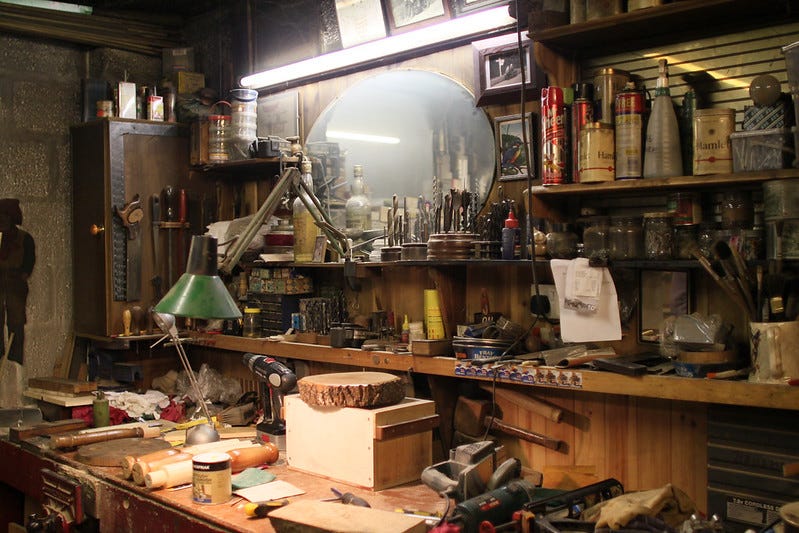
Some of the first tools I fondly remember were garbage. Literally. In my grandfather’s basement workshop, he had 8 O’Clock Coffee and repurposed paint cans everywhere, filled with rags, tools, hardware, materials, and supplies. All along his workbench, he had rows of baby food and peanut butter jars hung from their lids along wooden racks, each jar neatly labeled with its contents (nuts, bolts, screws, nails, etc.). When I think back on that space, most everything was made from garbage and junk. The workbenches were old doors. One other “tool” type I remember was storage bins made from laundry detergent boxes. He had cut them on a bias (kind of like magazine back issue boxes) and used them to store repair manuals, warranties, and other paperwork and small wood and metal scrap. I remember thinking Gramps must be some sort of genius for coming up with all this. Now, as an adult, I not only use similar garbage for storage and organizing, I participate in a hobby (tabletop wargaming) that uses trash extensively as modeling material. I’m in the process of making an entire sci-fi town for a game called Stargrave out of a single plastic crudités tray I fished from the trash. I call this junk-material-finding skill “terrain eye.” What “tools” have you fished from the trash? I’d love to see some pics.
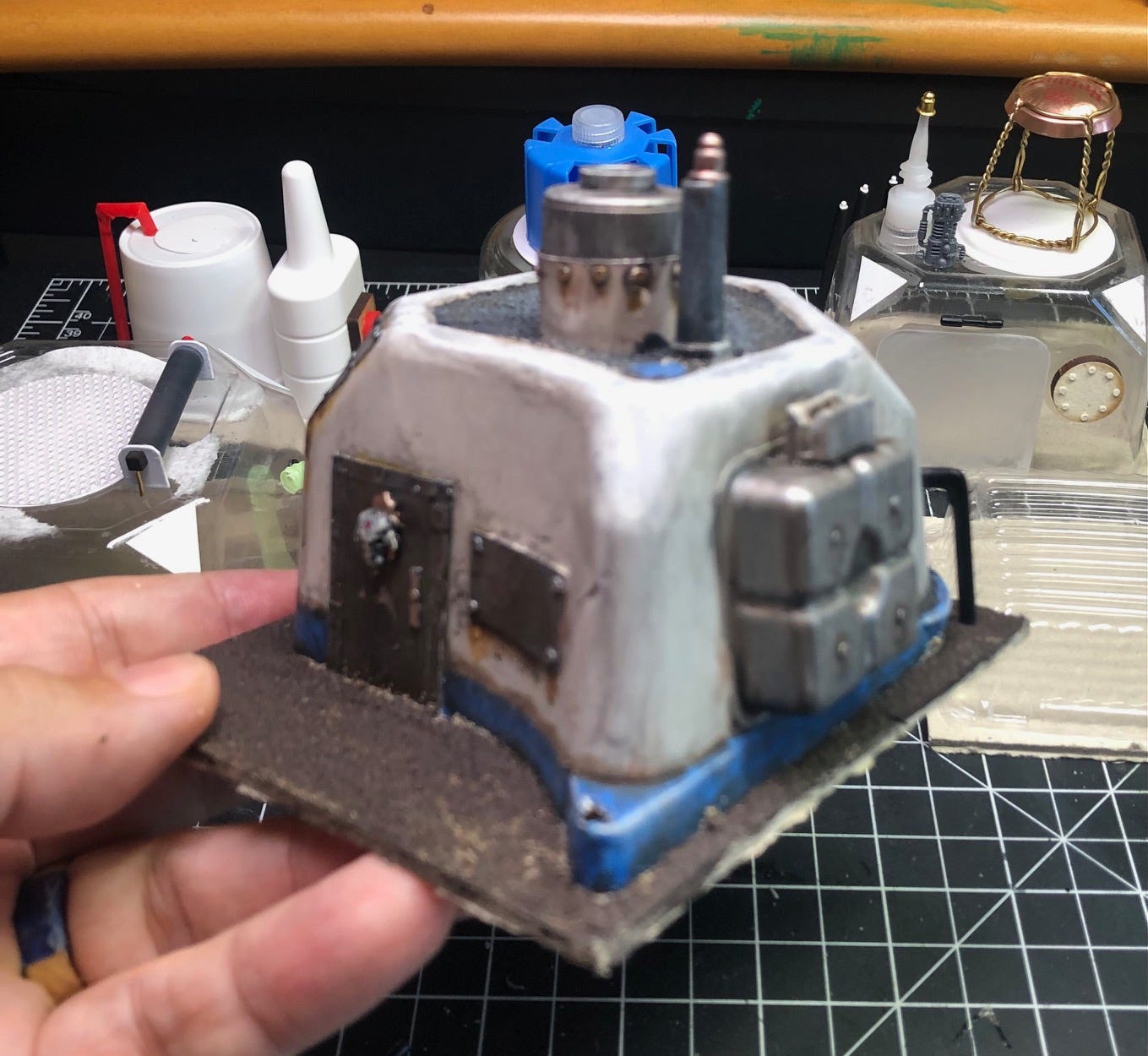
IDing and Testing Counterfeit Tool Batteries
In this Project Farm video, Todd conducts a series of tests to highlight the differences between authentic and counterfeit batteries from brands like DeWalt, Milwaukee, and Makita. He shows how visually similar counterfeit batteries are to the real ones, making it easy for consumers to be fooled. He then tests the batteries for safety, performance, and durability. The results are striking—authentic batteries consistently outperform counterfeits in terms of performance torque, longevity, and safety during short circuits. One key finding is the significant weight difference, with genuine batts weighing more, indicating higher-quality materials. Performance tests reveal that genuine batteries deliver better torque and last longer under load. For instance, a genuine DeWalt battery delivered 152 INB of torque compared to 115 INB from the counterfeit. Despite the tempting lower prices, Todd shows that counterfeits are a poor investment, providing neither the performance nor the safety of authentic ones.
New Homeowner Tools
If someone asked me what kind of tools should a new homeowner have, my first and immediate response would not be a Japanese pull-saw. But I’m not Adam Savage. In this “Ask Adam” segment, he answers that question with some of his go-to home tools. As you might imagine, he recommends hammers (all-purpose, mallet, ball peen ), drivers, pliers, etc. But he also recommends things like a Spackle knife and a decent picture-hanging kit. In the video, he’s asked by another viewer about his favorite area of making (woodworking, machining, model-making, costume making, etc.). His fave? Shop infrastructure. He argues it offers the best reward for the effort.
More Tool Love for the Stanley Workmaster
More from Adam Savage. Adam has waxed uber-nerdy before over his nostalgic attachment to the 1970s-era Stanley Workmaster screwdrivers. In this video, a viewer sends him two unopened drivers from that era. There has likely been a new demand for these vintage tool since Adam began braying on about them. I can’t find many offerings online that aren’t overpriced. But this will only make them sweeter “Holy Grail finds” when I scare some up at a yard sale.
Let’s Talk More About Vintage Tools
I’m sure many of you reading this are like me: 1) tool fanatic, 2) with a special place in the heart for vintage tools. Some of my most cherished tools over the years have been estate sale/yard sale finds. Thirty or so years ago, I acquired a boatload of measuring, marking, and lettering tools at an estate sale. The deceased had been an aerospace engineer for Grumman. I am still using some of these today and don’t think I ever use them without thinking of that guy — what work products he created with these tools. Old tools tend to be better made, with more material, and they come enchanted with a history of their use. Besides Adam’s Stanley Workmasters above, look for old Snap-On, Craftsman, and S-K tools (among others). Mechanics toolboxes. Any and all clamps. Stanley planes and folding rulers. Starrett anything. What are some of the vintage tools you’ve acquired and why do you cherish them?
Soooo Many Terrible Tips!
As someone who trades in tips, I have a love/hate (heavy on the hate) relationship with tip roundups as found on YouTube, Instagram, TikTok, etc. Even ones that are thoughtfully curated usually contain a stinker or two. Since eyeballs and clicks drive the economics of these roundups, the tips just have to look good; appear to be useful and clever. For me (besides periodically finding a truly useful hack in one of these vids) they mainly serve as worthy fodder for one’s B.S. Detector. Watch and ask yourself: Does this really solve the given problem? How long would it last? Is it worth the time/money/effort? Would a commercial product actually be cheaper and work better? Is the Emperor really wearing any pants? If nothing else, some of these are good for a laugh. The comments are usually funny, too. Tool Tips Official is one of the worst… er… I mean best.
Shop Talk
In response to a Shop Talk entry on using a folding ruler to make right angles, MassMatt writes:
08/7/24…the ancients used a rope with knots to make the 3-4-5 triangle. If you want a low-tech solution, this would be even more portable than a folding ruler, and would not have the issue of the bump sticking out of the right angle forcing you to “guesstimate” around it. You do need to anchor the three angles though.
ALL REVIEWS
 07/31/24
07/31/24
Book Freak 166: The Hacking of the American Mind
How Corporate America Hijacked Our Pursuit of Happiness
EDITOR'S FAVORITES
COOL TOOLS SHOW PODCAST
WHAT'S IN MY BAG?
17 July 2024

ABOUT COOL TOOLS
Cool Tools is a web site which recommends the best/cheapest tools available. Tools are defined broadly as anything that can be useful. This includes hand tools, machines, books, software, gadgets, websites, maps, and even ideas. All reviews are positive raves written by real users. We don’t bother with negative reviews because our intent is to only offer the best.
One new tool is posted each weekday. Cool Tools does NOT sell anything. The site provides prices and convenient sources for readers to purchase items.
When Amazon.com is listed as a source (which it often is because of its prices and convenience) Cool Tools receives a fractional fee from Amazon if items are purchased at Amazon on that visit. Cool Tools also earns revenue from Google ads, although we have no foreknowledge nor much control of which ads will appear.
We recently posted a short history of Cool Tools which included current stats as of April 2008. This explains both the genesis of this site, and the tools we use to operate it.











